Chelsea Camarata fell in love with mountain biking in 2010, but she had one beef with the sport: “I couldn’t find anything to wear that looked good and felt good,” the Burlington, Vermont-based mountain biker says. “Everything felt super boxy and wide and short, like it was a men’s shirt that had been made smaller and pinker. I thought there had to be something better out there.”
If there was, Camarata never found it. And by 2013, she was fairly convinced that she could do better, even though she had only rudimentary sewing skills and no idea how to get a product from prototype to production. Four years later, she proved it, launching Kaden Apparel with two hard-working and good-looking short-sleeve mountain bike jerseys—and a slew of ideas for an entire product line.

Camarata isn’t the only mountain bike-loving female out there who’s tired of the industry-standard shrink-it-and-pink-it approach to women’s bike apparel. Sick of shopping the men’s rack, Bend, Oregon-based mountain biker Nikki Wilkinson launched a 10-piece collection under the brand Revel Rider last year, while Jackson, Wyoming-based Taylor-Ann Smith’s very first collection of eight jerseys will go live under the Ride Force brand on May 21. Here’s how they did it.
Kaden Apparel: “Find a manufacturer who’s willing to help you get started.”
Camarata, Wilkinson, and Smith are all proof that you don’t have to be a professional seamstress or a fashion major to launch an apparel brand. All three claim only “very basic” skills on the sewing machine, and none attended fashion school, unless you count a two-day fashion design class Camarata took when she was 14. But in order to get something made—never mind manufactured at scale—you need a workable prototype. Camarata didn’t know much about the process when she first started brainstorming ideas back in 2013, but she knew she needed a pattern, a fabric, and a manufacturer.
“I took home ec[onomics] and my mom and grandma taught me the basics, but I had to ask a friend who had gone to fashion school to teach me how to make a pattern so I could make prototypes,” Camarata says. “And then I started looking through my closet to find examples of other athletic gear that was quick-drying, moisture-wicking and felt soft to the touch.”
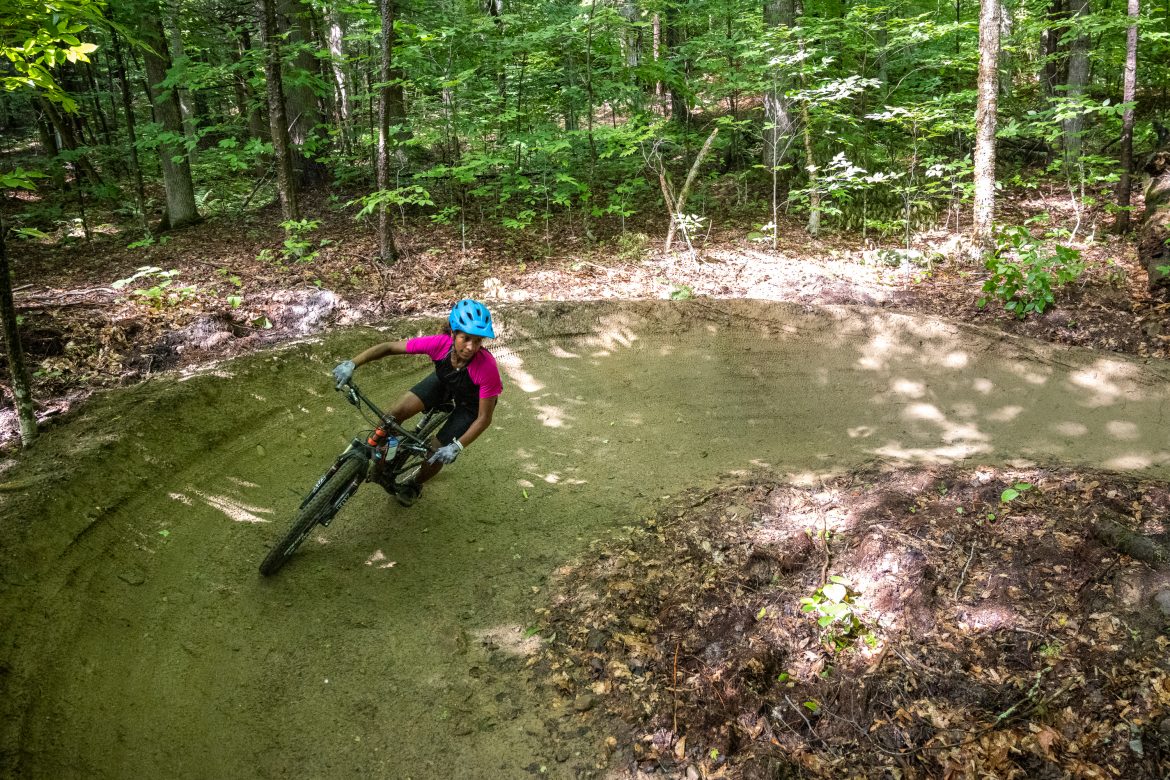

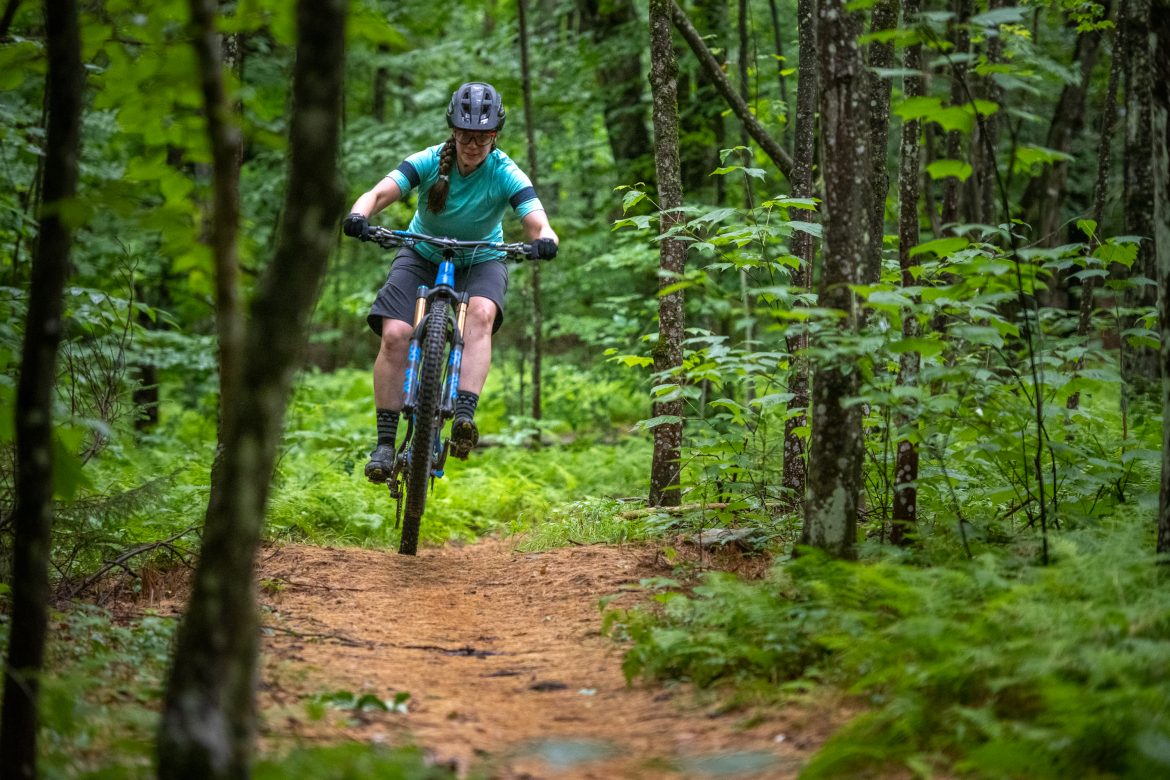
She settled on a four-way stretch poly blend. With fit and fabric (more or less) dialed in, Camarata’s next move was to find a manufacturer. She’d raised $5,000 in a 2017 Kickstarter campaign and had another $2,000 in savings to spend, but she knew that wouldn’t go very far in the apparel manufacturing world. Plus, she wanted to stay within the U.S.
“I knew it was going to be more expensive, but I wanted to find a manufacturing partner in the U.S.,” she says. “I didn’t really know what I was doing, so it was helpful to have someone in a similar time zone who I could just pick up the phone and call when I had questions.”
Working through Maker’s Row, a manufacturing community and website that connects makers with designers, Camarata found Clothier Design Source, a women-owned manufacturer based in Minnesota that specializes in helping new brands launch.
“You can go to them with a napkin sketch and they can help you make it happen, including research, development, manufacturing process—whatever you need,” she says. “It’s more expensive than going to Asia, though that’s definitely tempting. But it’s important to me to support U.S. manufacturing, and I also just really like making things in the U.S.”
That’s worked out well for her so far, with only a slight COVID-related hiccup introduced when her manufacturer paused all production to make personal protective equipment. Luckily, Camarata was able to tap Vermont Teddy Bear to produce some of her jerseys while Clothier worked on PPE.
Still, some of Camarata’s biggest challenges are production and sales. The Kaden Apparel line is relatively modest—a handful of short- and three-quarter-sleeved jerseys, a pair of shorts, plus some accessories—and Camarata can’t place huge orders until she’s certain she will sell them. She also controls her margins by selling mostly direct-to-consumer via online sales. And while a handful of bike shops do sell Kaden Apparel in their brick-and-mortar shops, she notes that retailers can be reluctant to take a chance on a new brand.
All that said, a bright spot for Camarata has been the 14 brand ambassadors she started working with last year. Scattered across the country from Seattle and Alaska to Vermont, Kaden ambassadors have varied backgrounds, but two major things in common: They love bikes, and they enjoy amplifying the Kaden stoke.
Next up for Camarata: expanding her apparel line. She’s got her sights set on breaking into the chamois category (including the maternity chamois category), and still wants to make a long-sleeve jersey, a tank top, and a pair of pants. For now, Kaden remains a side gig —albeit a significant one—in addition to Camarata’s full-time job at an insurance software firm. And despite enjoying significant growth in 2020, Kaden Apparel isn’t profitable quite yet, though Camarata is able to fund a good majority of it through product sales.
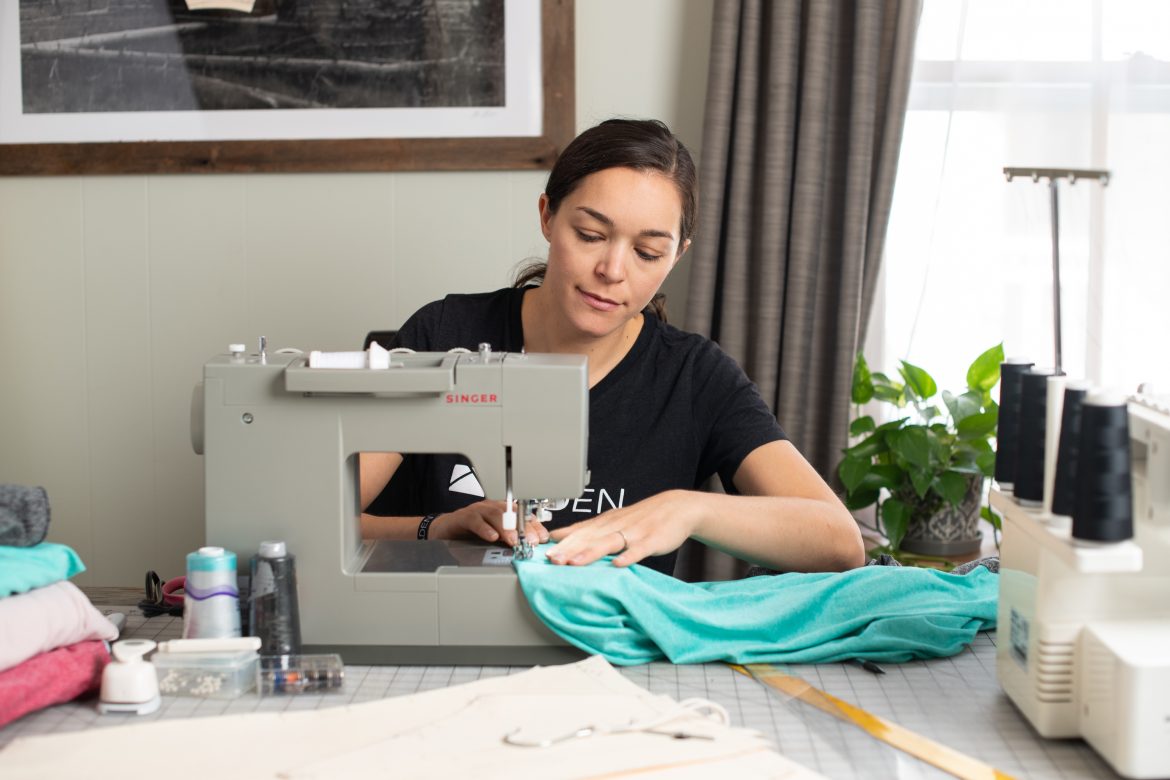


“I suppose it’s still kind of a hobby until I turn a profit,” Camarata says. “But I’m definitely motivated to keep going with it. I like focusing on women’s gear, because I think women have been neglected in cycling when it comes to apparel. Some women like flowers on their bike clothes, and some don’t. It’s fine if you do. But I don’t, and I want to keep making clothes that fit well and look good.”
Revel Rider: “Focus on what you do best.”
Nikki Wilkinson didn’t start mountain biking until she was 30, but it didn’t take her long to notice that she wasn’t the only female rider sporting men’s clothes while riding the trails at Whistler. She also noticed something else: it was impossible to find a pair of women’s mountain biking pants.
“This was probably four years ago, when not many companies were manufacturing pants, even though they’re so functional,” Wilkinson says. “So when I started playing around with designs and prototypes, I started with pants. I didn’t think I could build a brand around a pant, but it was what I wanted. All the guys were wearing pants, and I wanted a pair that fit me too.”
Wilkinson didn’t have a background in apparel design, but she does have a degree in graphic design from The Art Institutes in Pittsburgh. So she started working on a logo, then started sketching prototypes. She found a woman in New York to help her with her first real prototype—a pair of pants—but nearly gave up when she saw how badly the first prototype turned out. After finding a woman in Portland whose job it was to connect entrepreneurs with factories, Wilkinson found a manufacturer in China that helped her hone in on the design she wanted.
While she’s since switched manufacturers, Wilkinson took the lessons she learned from that first failed prototype to streamline and tweak her approach to the process. Once she got her momentum going, she was able to launch a full 10-piece collection produced by a manufacturer in China, which she says allows her to charge far less — about $60 less for a pair of her signature Flow pants than what she priced out from U.S. manufacturers. Her instinct on making women’s pants was also spot-on, as the pants are still Revel Rider’s best-seller—so much so that she’s launching an updated version next season.

Wilkinson hopes to turn a profit by the end of 2021 — she has a full-time job as a health and wellness coordinator for a golf course — but, like Camarata, she’s also found joy in engaging brand ambassadors to help her tell Revel Rider’s story and to share the joy of biking with other women.
“Mountain biking is so much more than a sport; it’s also a powerful emotional connection,” Wilkinson says. “You discover so much about what you’re capable of—for example, you think you can’t hit that drop, and then a week later you do! Starting Revel Rider has been the same experience. Every once in a while I think, ‘this is crazy; I’m not a fashion designer!’ But the same principles apply: You find people to help you and teach you what you don’t know. And so long as you’re willing to be super uncomfortable sometimes, everything is possible.”
Ride Force: “Find a manufacturer who challenges you.”
Taylor-Ann Smith has been a graphic designer four times as long as she’s been mountain biking. But it didn’t take her long to figure out that while mountain biking—and particularly, downhill mountain biking was awesome—the women’s kit available for it was less so.
“I don’t associate with florals or pinks; I want edgier designs and darker, deeper colors,” Smith says. “Plus, I’m 5’10” and a size 12 or 14. I was always at the very top end of everyone’s size runs, which meant that I often was wearing men’s clothes.”
So Smith started with the pieces that she did like that were in her closet, taking the same approach as she does to her graphic design work: she picked it apart, piece by piece, dissecting the elements she liked, and discarding those she didn’t. Like Camarata, Smith wanted a U.S.-based manufacturer—and she also wanted a manufacturer who would challenge her.
“I’m a print designer. I’ve always worked in 2D,” Smith says. “I needed a partner who would challenge me about the stitches and patterns I was choosing, and so far, that’s worked out great. I bring samples from my closet to Denver where my manufacturer is so I can show them what I like and what I don’t about other athletic gear I have.”

While developing her brand identity and style, Smith also took the opportunity to fix a few of the pet peeves she had about some of other her other cycling gear—namely, seams that rub when she’s wearing a hydration pack, and hot, sweat-inducing fabric. As a result, while her initial launch consists of long-sleeve and three-quarter-sleeve options—no short-sleeve options yet—all of the Ride Force jerseys are made of ultralight (but not see-through) mesh with 30 SPF protections. The colorways reflect some of Smith’s initial wants—darker, deeper colors—in addition to some lighter colors for desert riding, such as a sage-colored jersey that reflects heat and sun better.
Smith also had one other major objective in launching Ride Force: She wanted to make the brand as inclusive as possible for all body types, and to make all women feel like badasses, no matter what level of rider they are.

“I hate the idea I need to be ‘cute,'” Smith says. “I want to look like a hardcore BMX downhiller, even though I’m pretty new to this and I got my first-ever full-suspension mountain bike just last fall. And I want people like me who maybe aren’t a size small or in peak physical condition to look at Ride Force and think, ‘I can wear that. I can ride that. I can do that.'”
And while COVID has presented plenty of challenges to entrepreneurs, it also helped push Smith to launch. “Everyone wanted to get outside last year, so this was the best time to do this,” Smith says. “Lots of people were finding a new sport, and I think everybody should be on a bike. I wanted to start something that said, ‘Ok, if you’re on a bike, you’re a mountain biker. So come and ride with us.'”












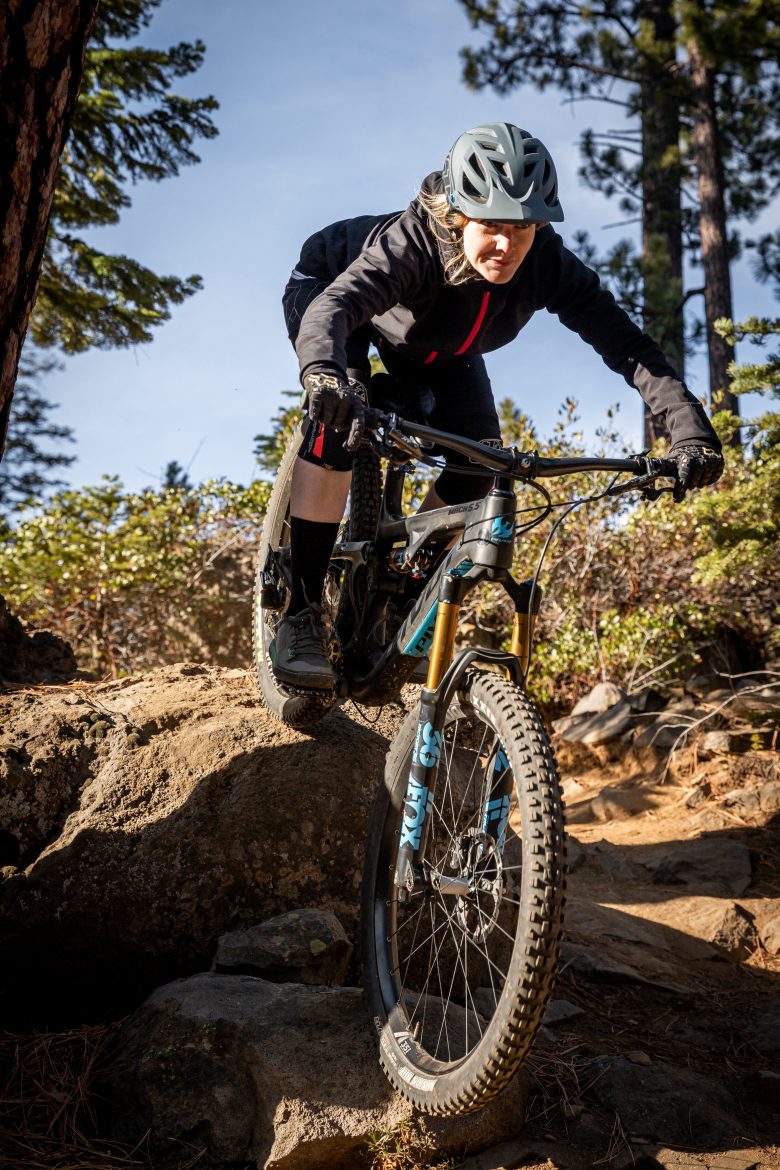
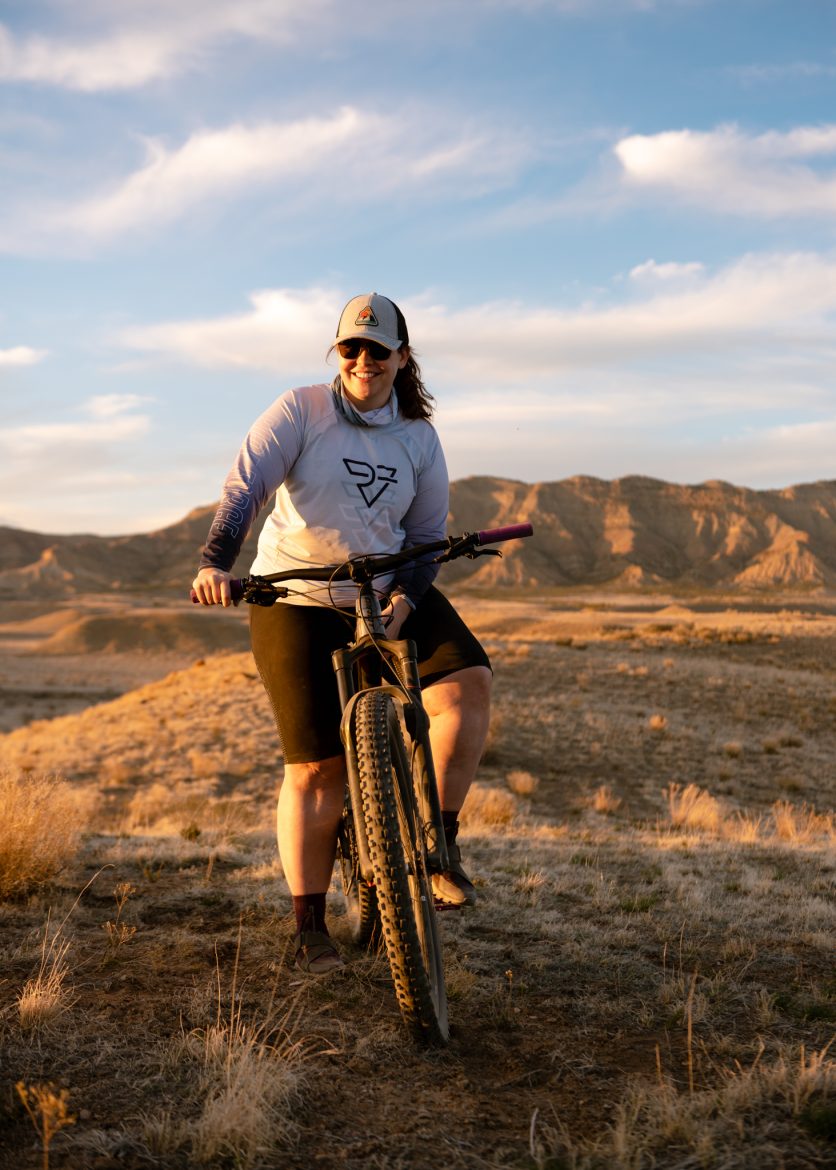

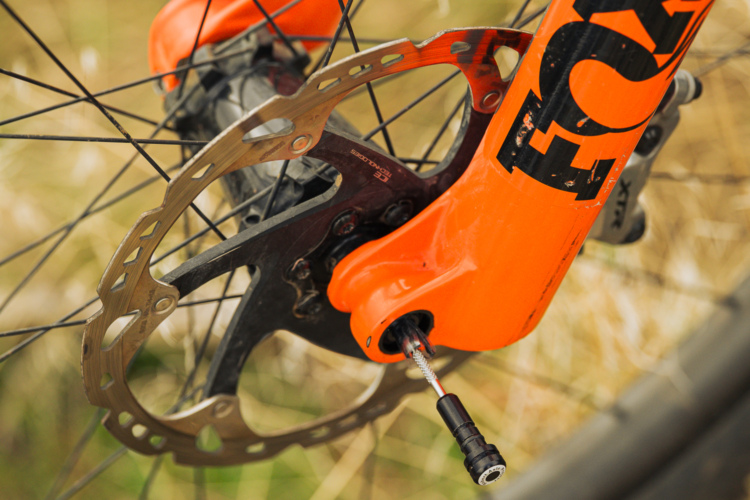




1 Comments
May 11, 2021